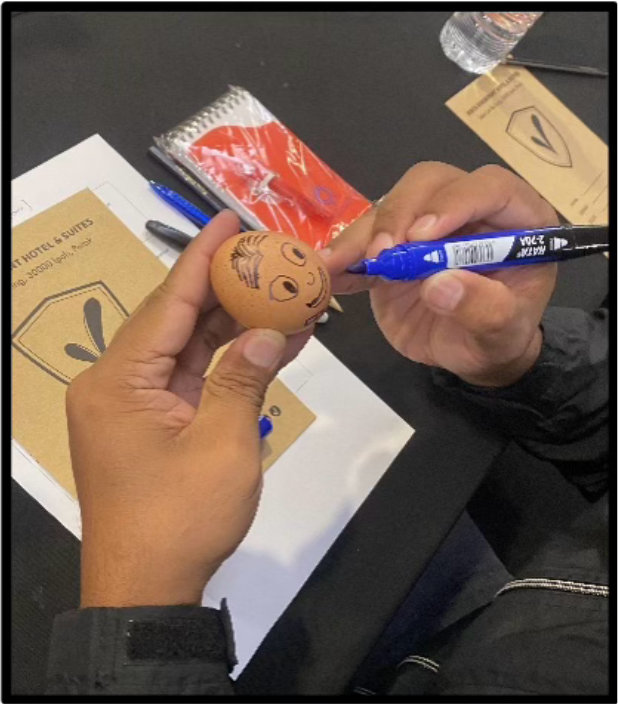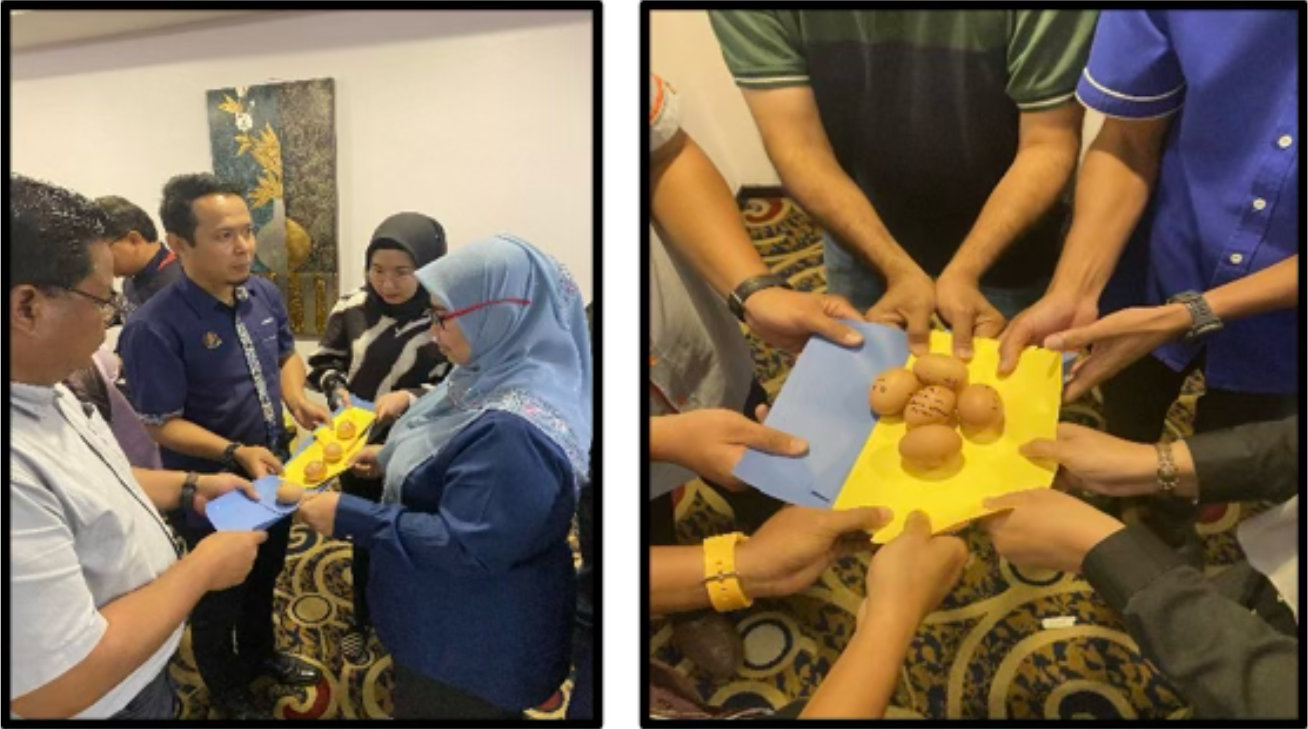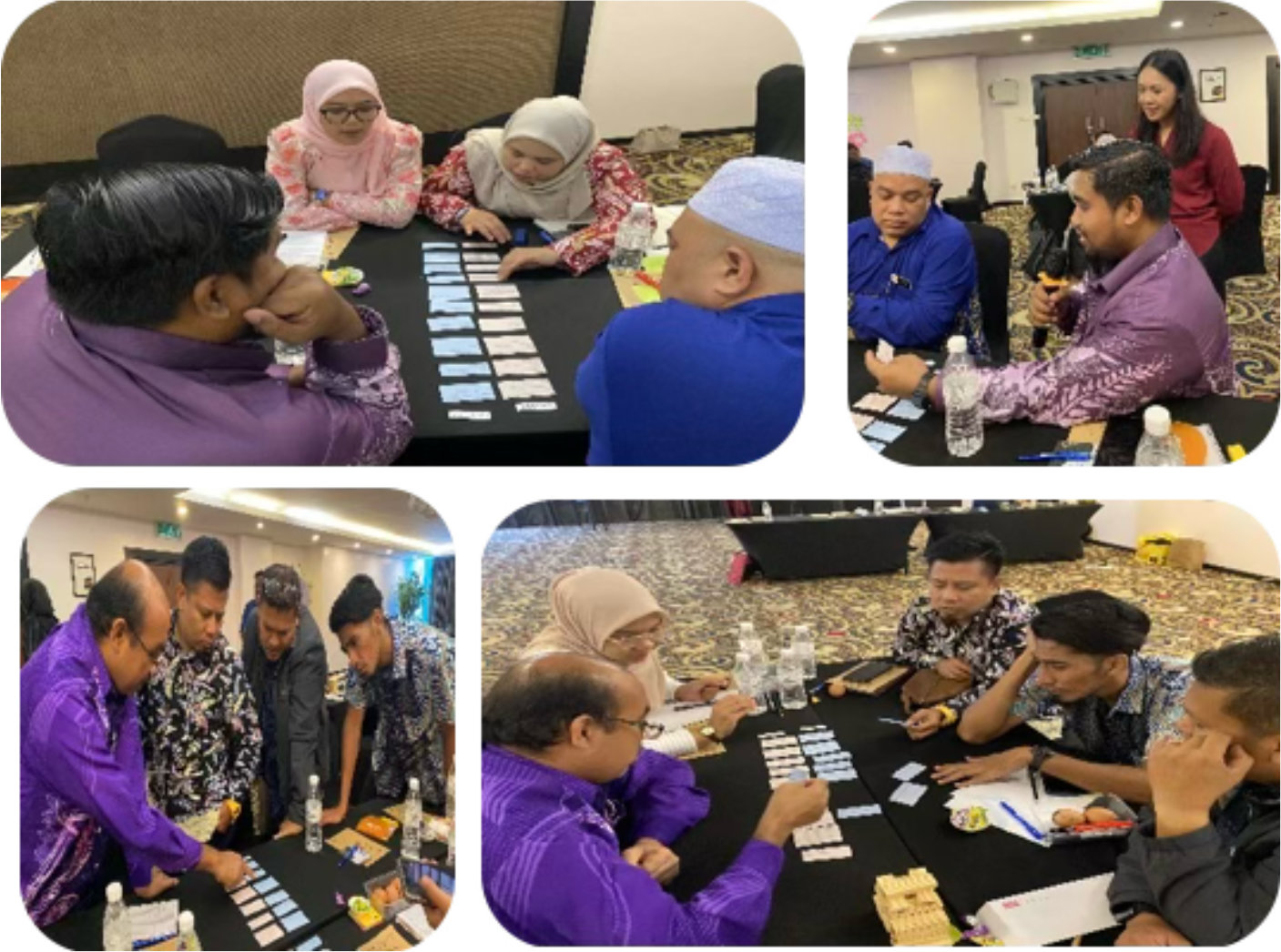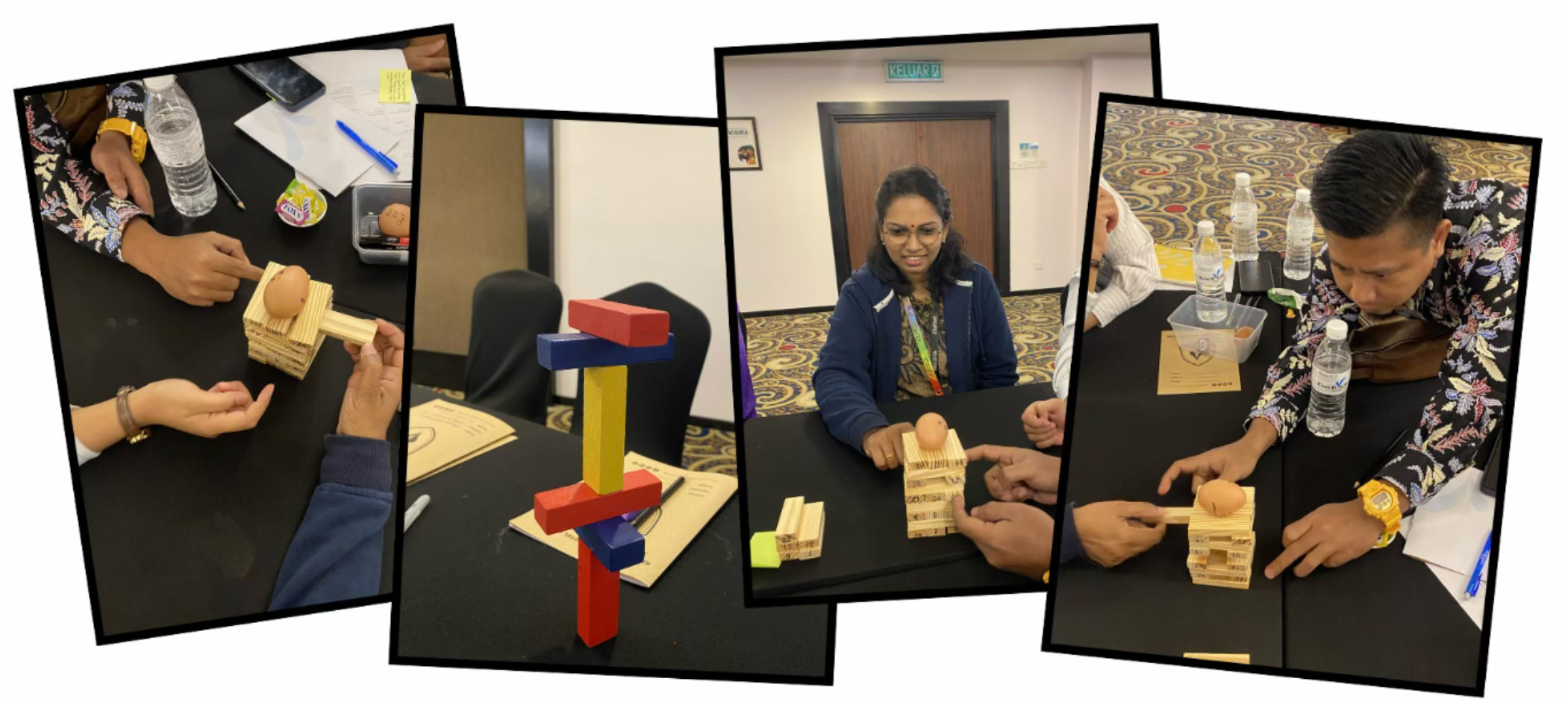From 17 to 19 September 2025, a three-day training on “Kursus Penyediaan Laporan Latar Belakang Mangsa Pemerdagangan Orang” (Training on Preparing Background Reports for Survivors of Trafficking) was held in Ipoh, Perak. Organized by the Department of Social Welfare (JKM), the program brought together Protection Officers from government agencies, frontline officials tasked with preparing “Laporan Latar Belakang” (Survivor Background Report) after rescue to understand their vulnerabilities that led to their trafficking. Global Shepherds Berhad was invited as the training team, contributing technical expertise and practical experience in survivor support.
The training was designed to strengthen officers’ ability to document survivor stories accurately while applying trauma-informed approaches. Because these reports are written a few days after rescue, when survivors are at their most vulnerable, the way interviews are conducted can either help build trust and support healing or risk causing more harm.
Day 1: Laying the Foundation – Understanding Trafficking and Survivor Vulnerabilities


The first day began with reflection exercises, inviting officers to think about their hopes, challenges, and commitments in their role. To help participants connect emotionally with the realities of trafficking, an egg was used as a symbol of survivors. Through a relay activity representing the three elements of human trafficking: acts, means, and purpose, officers experienced how quickly survivors are moved from safety into risk and ultimately exploitation.
This activity left a strong impression: just like the egg, survivors may appear whole on the outside, but remain deeply fragile within. The lesson was reinforced through technical inputs on the Anti-Trafficking in Persons and Anti-Smuggling of Migrants (ATIPSOM) Act, the National Referral Mechanism (NRM), the Malaysian and wider global context of trafficking.
By the end of the day, officers had not only refreshed their knowledge of trafficking laws and processes but also understood survivors’ difficult experiences will make it easier to capture both the factual details of the case and the vulnerabilities of the survivor.
Day 2: Strengthening Sensitivity – Understanding Trauma in Survivors of Trafficking

The second day began with an introduction to the 4Rs of the Trauma-Informed Approach (TIA): Realize, Recognise, Respond, and Resist. These principles guided officers to not only understand what trauma is but also how to adjust their actions to avoid retraumatizing survivors. Trainers emphasized that adopting this framework means shifting from asking, “What’s wrong with you?” to “What happened to you?”, reframing survivors as people shaped by trauma rather than as “difficult cases.”
To bring these concepts to life, participants revisited the egg symbol from Day 1 in the exercise “If the egg could speak.” Officers imagined what their egg might say after enduring the journey of trafficking. Words like fear, pain, and helplessness emerged, mirroring the inner world of survivors.
This was followed by the Jenga tower activity, where each block removed represented a traumatic experience. Some towers collapsed quickly, while others stood but were unstable. The exercise illustrated that trauma affects every person differently depending on their background, resilience, and support systems. Officers reflected on how easily a survivor’s stability can be shaken, and why assumptions like “she looks fine” or “he seems strong” are misleading. Even though people went through the same traumatic experience, the responses towards the trauma were different, reminding officers that there is no single ‘correct’ way survivors react or cope.

The session became especially powerful when one officer shared a personal experience: after being involved in a motorcycle accident, he found himself reliving the trauma whenever he rode again. He admitted that the experience still unsettled him and asked whether trauma could ever be “cured.” This sparked an important group discussion that trauma may not simply disappear. Instead, living in trauma often becomes the new norm. Survivors, and sometimes even those who assist them, must learn to navigate life with these invisible scars. With the right environment of safety, trust, and support, however, healing and resilience are possible.
Following this, officers worked with flashcards to match trauma triggers with possible reactions such as withdrawal, aggression, or dissociation. The exercise reinforced the idea that behaviors often seen during interviews are not resistance but responses to trauma.
The technical session introduced the Trauma-Informed Approach (TIA) in detail. Officers explored its six principles—safety, trustworthiness, peer support, collaboration, choices and cultural competency. Trainers emphasized shifting the interview mindset from ‘What’s wrong with you?’ to ‘What happened to you?’, noting that applying the principles is important to make sure survivors feel safe to share, which in turn supports effective report writing.
Through role-play interviews, participants practiced applying these principles. In one scenario, a “survivor” avoided eye contact and gave contradictory answers. Instead of pressing harder, officers learned to slow down, provide reassurance, and adjust their questions. In another scenario, a “survivor” showed visible distress, prompting officers to discuss alternative ways of obtaining information without causing harm.
The practice highlighted core TIA interviewing skills such as active listening, observing body language, pacing the conversation according to the survivor’s comfort, and providing choices whenever possible. Officers also learned to be mindful of their own tone, posture, and wording, ensuring that questions were not framed in a way that could sound judgmental or blaming.
Alongside the interviews, participants were introduced to the background report template, which was designed to support a trauma-informed approach. The template guided officers to capture not just factual case details but also the survivor’s vulnerabilities, needs, and immediate protection concerns. By structuring the report this way, officers could ensure that survivors’ voices and experiences were documented with dignity, while also providing essential information for case management and legal processes.
By the close of Day 2, Protection Officers expressed that their understanding of trauma had shifted deeply. Many noted that in the past, their focus was on gathering facts quickly after a rescue. The training helped them see that how questions are asked is just as important as the information collected. With greater sensitivity and awareness, officers felt better prepared to conduct background interviews that are accurate, respectful, and less likely to retraumatize survivors.
Day 3: Background Report Simulation
The final day focused on completing the work that began during Day 2. After practicing interviewing skills through role-plays with trainers acting as survivors, Protection Officers moved on to finalizing their background reports.
Some reports that were not completed on Day 2 were continued, giving participants more time to reflect on how information is structured and presented. Once finished, the drafts were reviewed together in groups, where participants compared approaches, discussed language use, and received constructive feedback from trainers and other participants. This peer-learning process allowed officers to see how trauma-informed interviewing skills directly shaped the quality and tone of the written reports.
The group reflections highlighted that while time pressures in real rescues are unavoidable, sensitivity in those first interviews can make a lasting difference. Participants noted that the background report carries a dual role: it is an official document for legal and case management purposes, but these interviews are also a moment when survivors feel listened to and acknowledged by the system.
The day concluded with a return to the egg analogy, reinforcing the reminder that survivors may appear outwardly strong but remain fragile inside, especially during the first days after rescue.
The training strengthened the capacity of Protection Officers, who play a pivotal role at the moment a survivor is first rescued. The background reports they prepare form the foundation for legal processes, case management, and protection for the survivors.
A key realization from the training was that for many survivors, living in trauma is the new norm. This reinforced the need for officers to approach survivors with empathy, patience, and dignity. By combining legal knowledge, reporting skills, and trauma-informed practice, the training ensured that survivors’ voices are heard and protected from the very beginning of their rescue, laying the groundwork for justice and healing.
By Awatif Nazri, Communications cum Monitoring and Evaluation Officer
